How did Tesla grow from a startup project?
And how did it break through to a scale of 400,000 orders step by step?
What can we learn from Tesla’s experience?
Intrigued by these questions, I wrote this article attempting to depict the five key points in Tesla’s development stage.
First, how was the first car built?
The first Tesla team consisted of three key figures: Martin Eberhard (hereinafter referred to as E), J.B. Straubel (hereinafter referred to as S), and Elon Musk.
Before forming a team, E, S, and Musk were all very interested in electric vehicles. E founded Tesla, providing the basic plan for Tesla’s first car; S and the Stanford Solar Car team had been researching the implementation plan of 18650 lithium-ion batteries in vehicles; both approached Musk for investment, who subsequently joined Tesla and brought S on board.
At that time, they were interested in AC Propulsion’s electric car Tzero. Musk recognized the potential of electric sports cars, which have fast acceleration, beautiful design, and are clearly distinct from the ugly and clumsy electric cars at that time. E conducted a technological analysis and found that a lightweight high-end sports car was the most ideal candidate. The target customers were also clear. At that time, the average annual income of Prius and General EV1 car owners who bought hybrid and electric cars as their identity labels for environmental protection was $200,000.
Image Credits
-
Martin Eberhard (hereinafter referred to as E), CEO of Tesla from 2003 to 2007.
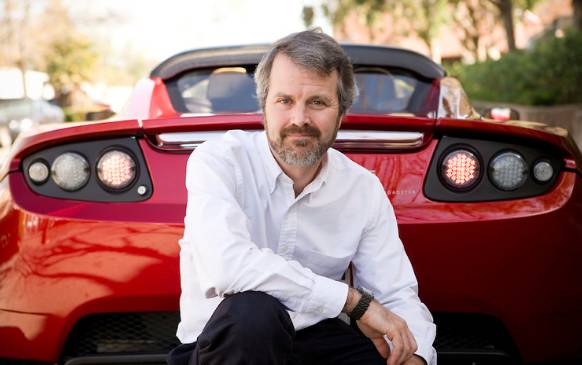
-
J.B. Straubel (hereinafter referred to as S), CTO of Tesla.
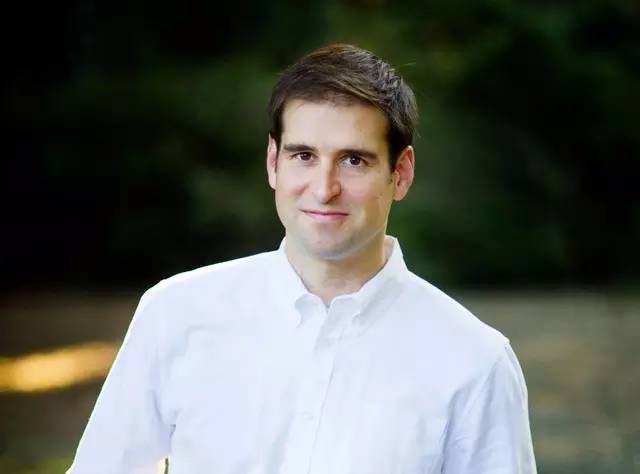
-
Elon Musk, current CEO of Tesla.
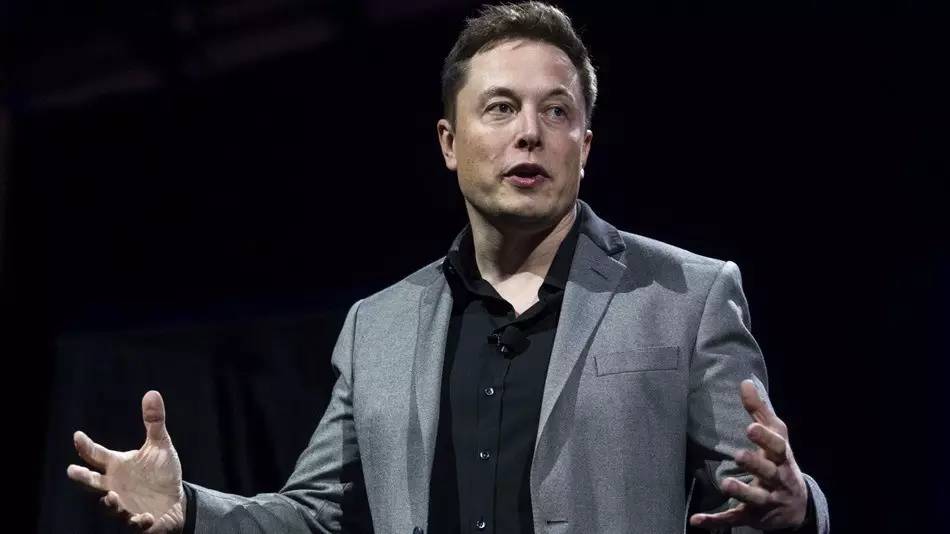
The Tzero Electric Car by AC Propulsion
The modification of Tzero started in this way. They obtained the technology license of the Tzero model from ACP, got the chassis from Lotus Elise, and developed their own lithium battery pack. 70 batteries were glued together to form a battery block, and 10 battery blocks were assembled together and placed in the position of the rear engine.
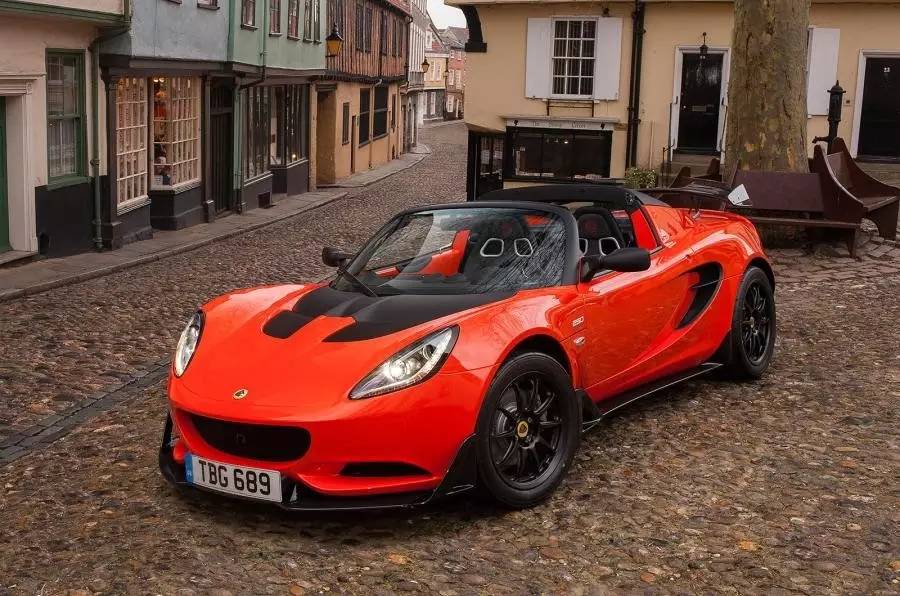
Through repeated experiments, the R&D team found a way to arrange the batteries to prevent flames from spreading from one battery to another in case of an explosion. This breakthrough in battery technology enabled the team to design a real electric car. They hired a designer to redesign the appearance of the car and created the Roadster, which became Tesla’s first car in the true sense. The R&D team also expanded from a dozen people during the modification to more than 100 people.
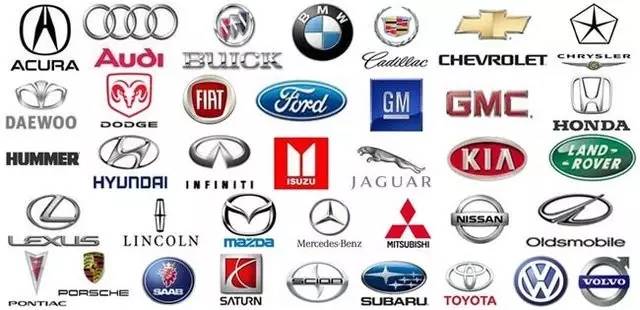
During the research and development of the prototype, although the team had loose management, they had a consistent goal. The most important thing was to choose the right direction to solve the battery problem and achieve a critical breakthrough. This was the most important and relatively smooth first step for Tesla.
Second, how to transition from R&D to production?
After the development of the prototype, they need to enter the mass production stage in order to have the opportunity to be called a real car company.
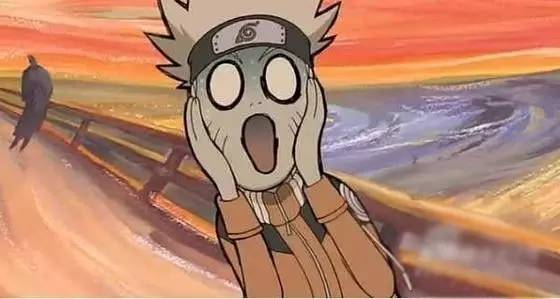
Tesla faced the most severe test at this stage, with many crises:
-
The development of the two-speed gearbox for the Roadster failed, and the engine needed to be redesigned;
-
Musk’s demand for a carbon fiber body and electronic door sensors brought about problems such as paint spraying difficulties, seriously delaying the progress;
-
Purchasing parts from all over the world is costly and time-consuming, for example, the batteries were from Thailand, the body panels were from France, and the engine was from Taiwan, China;
-
There was no strict project management and cost control, and the CEO at that time even tried to conceal the true situation from the board.In this situation, E was demoted to the position of Chief Technical Officer, and left Tesla a few months later. Marks, who had rich experience in the electronic supply chain, served as the interim CEO. The relatively casual company culture was adjusted to have a basic set of rules and regulations, and the battery business was moved back to the headquarters from Asia. Musk began to increase his exposure and strengthen his control over the company. He also used private resources to ensure the production progress of the Roadster.
After the rapid changes in the management, the development problems of the Roadster were also gradually overcome one by one. However, the lack of early experience resulted in high development costs, and the financial crisis reached its most critical point during the production stage: the money ran out.
At this time, not only had Tesla run out of money, but Musk’s personal funds had also run out, and the company’s monthly expenses remained at around $4 million.
Musk started to borrow money from friends. Sergey Brin from Google invested $500,000, while Bill Lee invested $2 million. Many employees also contributed $25,000 or $50,000. He also borrowed a sum of money from SpaceX to support Tesla, tried to sell his shares in SolarCity, and unexpectedly earned $15 million in a takeover activity. Tesla also collected advance payments from customers who had pre-ordered the Roadster.
Through these activities, Musk raised nearly $20 million and used this money to convince investors to invest in Tesla.
Meanwhile, SpaceX received an order for the International Space Station from NASA, and received $1.6 billion in payment.
Tesla, which was not playing by the rules, survived almost entirely due to Musk’s financing capabilities. With the support of Musk’s personal wealth, business landscape, and network of relationships, it finally pulled through the crisis.
The recognition of traditional auto companies was very important for Tesla, so it is worth mentioning separately.
Musk’s original intention for making electric cars was actually to attract the attention of traditional car companies, promote the entire industry to think about solutions to replace oil with electricity, and find a viable solution. Therefore, at the beginning, he did not think about standing in opposition to traditional car companies or winning against any opponent. Even when Tesla moved from R&D to production, Musk was quietly working on the electric Smart modification plan in the factory.In January 2009, Tesla participated in the Detroit Auto Show where the company’s battery pack caught the attention of established automakers. After the show, Daimler contacted Tesla to explore the possibility of an electric A-class car. Following the visit, Daimler ordered 4000 battery packs for testing at its headquarters in Germany. Soon after, Tesla also received an order from Toyota.
A few months later, shortly after the release of the Model S, Daimler purchased a 10% stake in Tesla for $50 million. With the money from Daimler, Tesla’s journey became much smoother.
With the support of the Daimler brand, the US Department of Energy signed a $465 million loan agreement with Tesla, but required the company to use a domestic auto-manufacturing plant. Tesla purchased the NUMMI plant in California, a joint venture between General Motors and Toyota, for $42 million and Toyota purchased a 2.5% stake in Tesla for $50 million, completing the trade-off.
After the factory transaction was completed, Tesla officially applied for an initial public offering and went public on June 29, 2010, marking a milestone in their development.
Fifth, how did Tesla attract media and public attention?
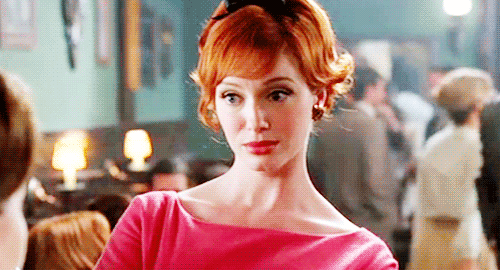
This is probably what more people are concerned about – how did Tesla promote themselves?
When Tesla was first founded, it was not well-received, and Musk was not yet a well-known entrepreneur in Silicon Valley.
Tesla’s first product launch was the Roadster, and with Musk’s connections, well-known figures such as Arnold Schwarzenegger and Sergey Brin were invited to the launch event. What successfully caught everyone’s attention was the Roadster itself, a fully electric convertible sports car that could accelerate from 0 to 100 km/h in 4 seconds. At the time, Tesla’s CEO Eberhard revealed the company’s most widely circulated strategy of transitioning from high-end to mass-market cars.Roadster set off a sensation and began participating in various auto shows continuously, besides getting 30 purchase commitments on-site, it also attracted attention and orders.
However, good times did not last. Tesla got into a production and public relations crisis. The gossip of Musk being kicked out as CEO during his previous start-up was exposed. Roadster was rated as the most failed project in 2007 by the “Silicon Valley Gossip” blog.
The turning point appeared in “Iron Man”.
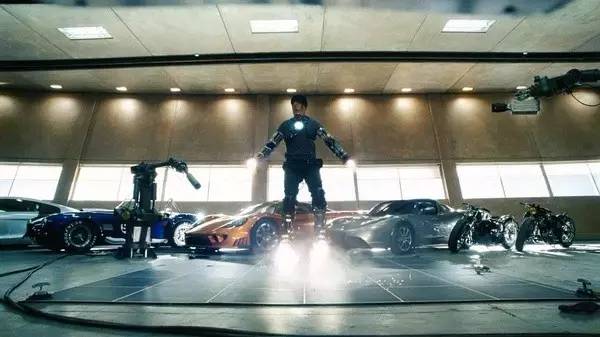
Robert Downey Jr. took Musk as his character inspiration. After visiting SpaceX, he was greatly shocked and put Tesla’s Roadster in the movie. After “Iron Man” was released in 2008, Tesla completed the most important global exposure in its history. Musk’s identity in media promotion also changed from the founder of PayPal to a tycoon with multiple high-tech companies like Iron Man. Musk’s wife began recording their private lives in a blog. Musk became the star figure that Silicon Valley needed and the topic continued.
After overcoming the funding crisis, Roadster was successfully delivered. Under the verification of Roadster demand, Tesla continued to develop Model S, which received wide acclaim. Musk still insisted on designing new features in the product, including the aluminum body, large touch screen, innovative door handles, sun visors and other small features. When users’ expectations reached a high point, Musk kept not letting people down again and again. Motor Trend named Model S the 2012 Car of the Year.
The breakthrough of key battery technology, the extraordinary product spirit, the great ideal of SpaceX and SolarCity combined, plus the Hollywood-level attention, these factors are important support for Tesla to get where it is now. Consistent product concepts and continuously optimized user experience enabled Tesla to successfully obtain 400,000 orders for Model 3.
After describing these five issues, we can clearly see the role Musk played in it, which is truly shining. Why can’t other manufacturers do what Tesla does? Because they don’t understand that we need a completely different car, not just an electric one.
Next, Tesla faces the challenge of moving from a niche market to a mass market. They need to ensure quality stability in product innovation in a balanced manner. They cannot take risks or be mediocre, and must avoid capacity problems.
In other words, they need to converge appropriately.The following is an original article by DaJi, and the images are from the internet.
You might be interested in:
-
2016 Beijing Auto Show | The Most Comprehensive List of New Energy Vehicles
-
Tesla Production Executives Leave on the Eve of Model 3 Mass Production
A serious electric vehicle enthusiast might be interested in the following keywords:
Tesla, electric vehicles, Google’s self-driving technology, Elon Musk, autonomous driving, BYD, batteries, Apple.
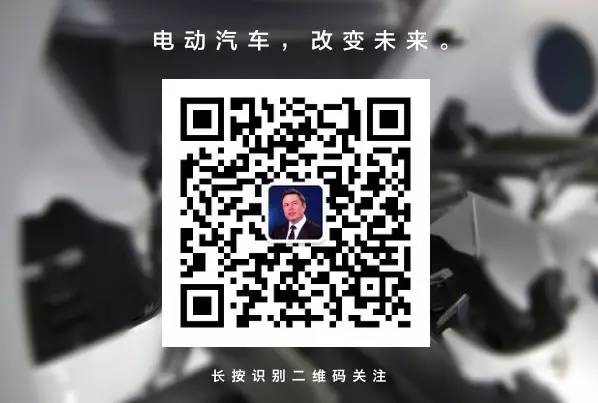
This article is a translation by ChatGPT of a Chinese report from 42HOW. If you have any questions about it, please email bd@42how.com.
